Overlooking the Afari community on the Kumasi-Nkawie stretch in the Atwima Nwabiagya Municipality, the 500-bed Military Hospital stands empty, with zero patients.
The hospital was envisioned as one of Ghana’s largest health facilities — 500 beds, advanced medical technology, and a promise of world-class healthcare. Yet, years after construction began, it remains abandoned.
Launched with fanfare, funded with taxpayers’ money, and presented as a solution to Ghana’s health crisis, the project has instead become a symbol of delay and neglect.
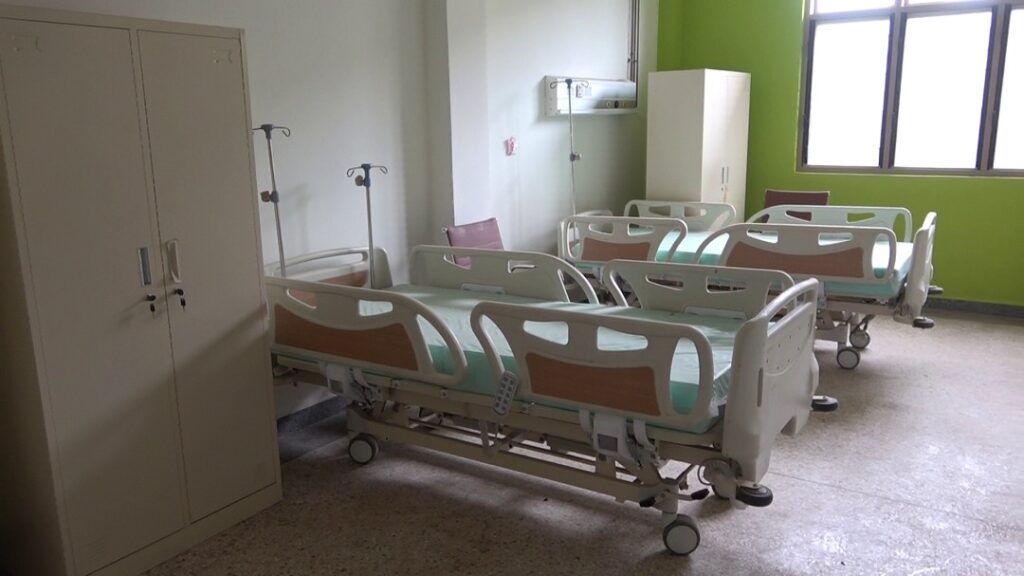
The most recent deadline for its completion and operationalization was set for September 2025, after the late Defence Minister, Dr. Edward Kofi Omane Boamah, met with the construction firm, Messrs Euroget De-Invest, on February 20, 2025, and assured the public of the government’s commitment to opening the facility.
President John Dramani Mahama, during his ‘Thank You’ tour of the Ashanti Region in July 2025, also pledged to prioritize the completion of the Afari Military Hospital as part of his administration’s agenda to revive stalled projects.
Even before these pledges, the previous Akufo-Addo-led administration made similar assurances. But the hopes of residents were dashed when those promises failed to materialize before the administration left office.
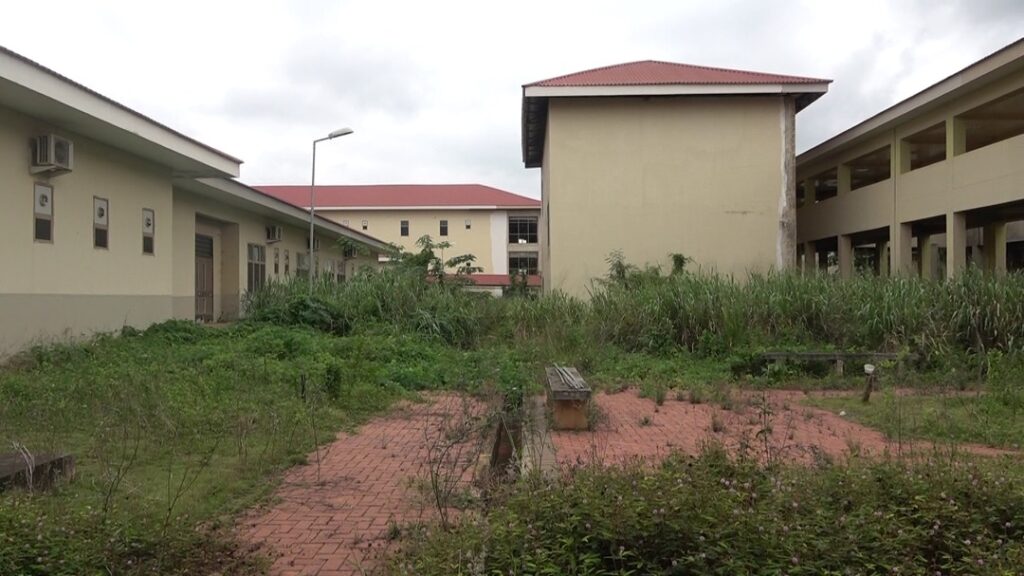
While lives are lost daily in overcrowded hospitals across the Ashanti Region, the Afari project has missed deadline after deadline — raising serious concerns about Ghana’s commitment to the Sustainable Development Goals.
The hospital’s location makes it ideal to handle major cases from the Atwima Nwabiagya and Atwima Mponua areas, as well as the Ahafo and Western North regions.
Meanwhile, the Komfo Anokye Teaching Hospital (KATH) — the only referral facility in the Ashanti Region — is itself “very sick” and undergoing rehabilitation thanks to the Asantehene Otumfuo Osei Tutu II’s Heal KATH initiative. But overcrowding and the persistent “No Bed” syndrome remain dire challenges.
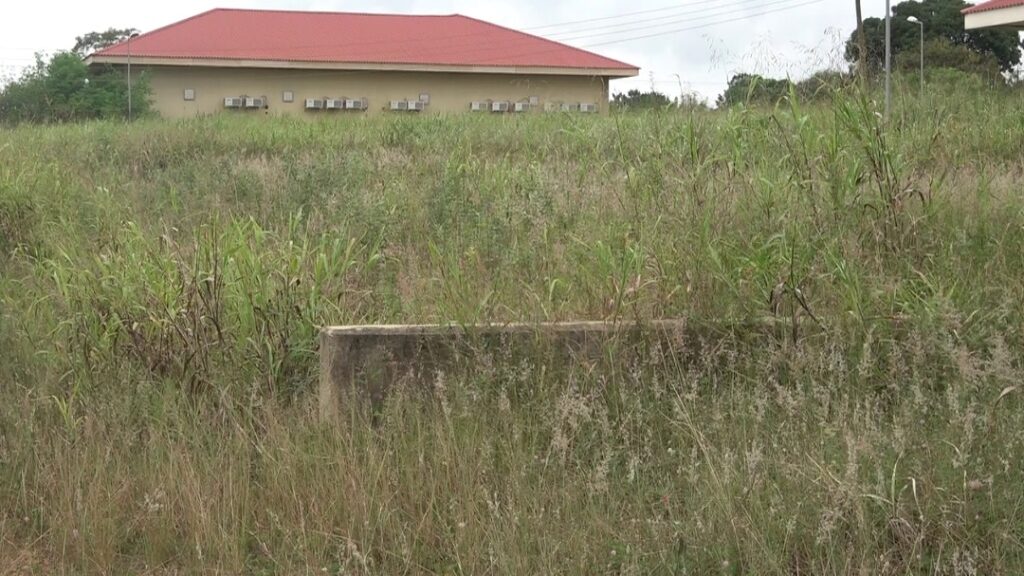
The 500-bed Afari Military Hospital, which could ease KATH’s burden, is instead stuck in limbo, with completion and operational deadlines repeatedly missed. Inside the facility, beds and medical equipment installed in wards are gathering dust, while weeds have overtaken large sections of the compound, leaving it bushy and unattractive.
A major factor in the delays was the lack of a dedicated power supply to ensure stable electricity for the facility. Although that issue has since been addressed, along with the installation of a water treatment plant, these critical utilities, too are now overrun by weeds.
Calls for government action are growing louder. Residents of the Ashanti Region say the facility is wasting away and must be put to use immediately.
In Afari itself, disappointment runs deep. Locals are frustrated that a hospital designed to save lives sits idle.
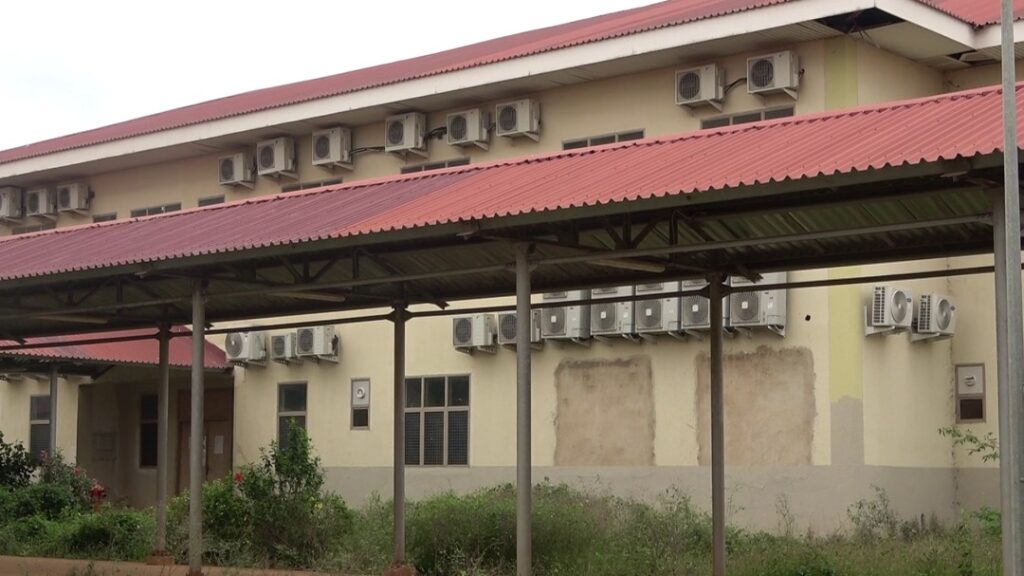
Afia Konadu, a resident who relies on a private clinic nearby, fears that a serious health emergency would force her to travel to KATH, while the Afari Military Hospital — which is closer — remains shut.
“The hospital will help us if it is completed and operational, because even referrals from the Western North Region are sent to the Komfo Anokye Teaching Hospital when this hospital is on the same stretch. I am so worried about the continuous delays in opening the hospital, and the government must intervene,” she lamented.
Assembly Member for Afari Electoral Area, Eric Amo, echoed these concerns, urging authorities to ensure the hospital serves its intended purpose.
“Opinion leaders like me continue to receive complaints from residents about when the project will be opened, but neither I nor the traditional rulers in the area have convincing answers to give,” he said.
The 500-bed Afari Military Hospital, constructed by the Euroget Group on Afari land, was designed to be a state-of-the-art health facility comprising 50 medical and non-medical buildings connected by landscaped areas and covered walkways.
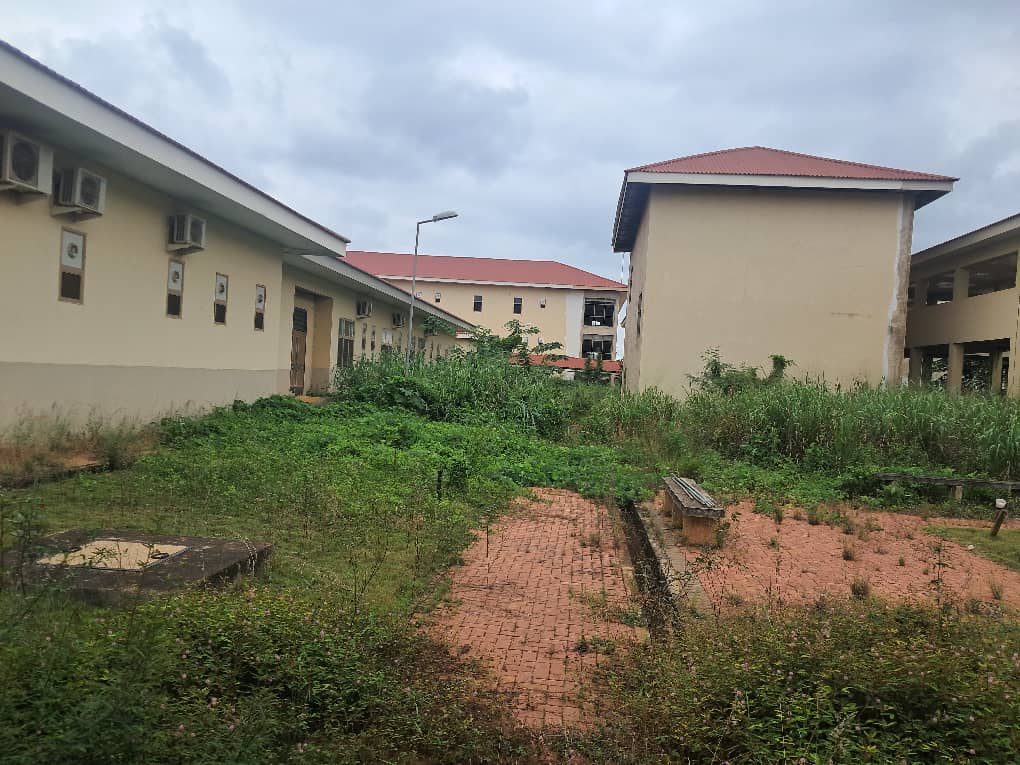
It features 15 operating theatres, two endoscopy suites, nine delivery rooms, a central kitchen and laundry, a mortuary with a 153-body capacity, laboratory services, a sterilization department, and a medical gas production plant.
To support operations, the hospital also includes a training centre with library and conference rooms, staff housing, a maintenance department, storage facilities, a power station with transformers and standby generators, a sewerage biogas plant, a water treatment facility, and a medical waste treatment unit.
For convenience and safety, it was designed to provide parking for 600 cars and 18 buses, an integrated Hospital Information System (HIS), and internal and external CCTV surveillance.
These facilities place the hospital in the best position to complement the services offered at Komfo Anokye Teaching Hospital. Yet, today, they lie idle in a dusty and bushy environment.
The Afari Military Hospital could have been a symbol of progress. Instead, it remains a stark reminder of delays that cost lives. If Ghana is serious about achieving the Sustainable Development Goals, then this hospital must open — and soon.
The Writer
Hafiz Tijani
Middle Belt Bureau Chief
Citi FM & Channel One TV
Source: citinewsroom.com
